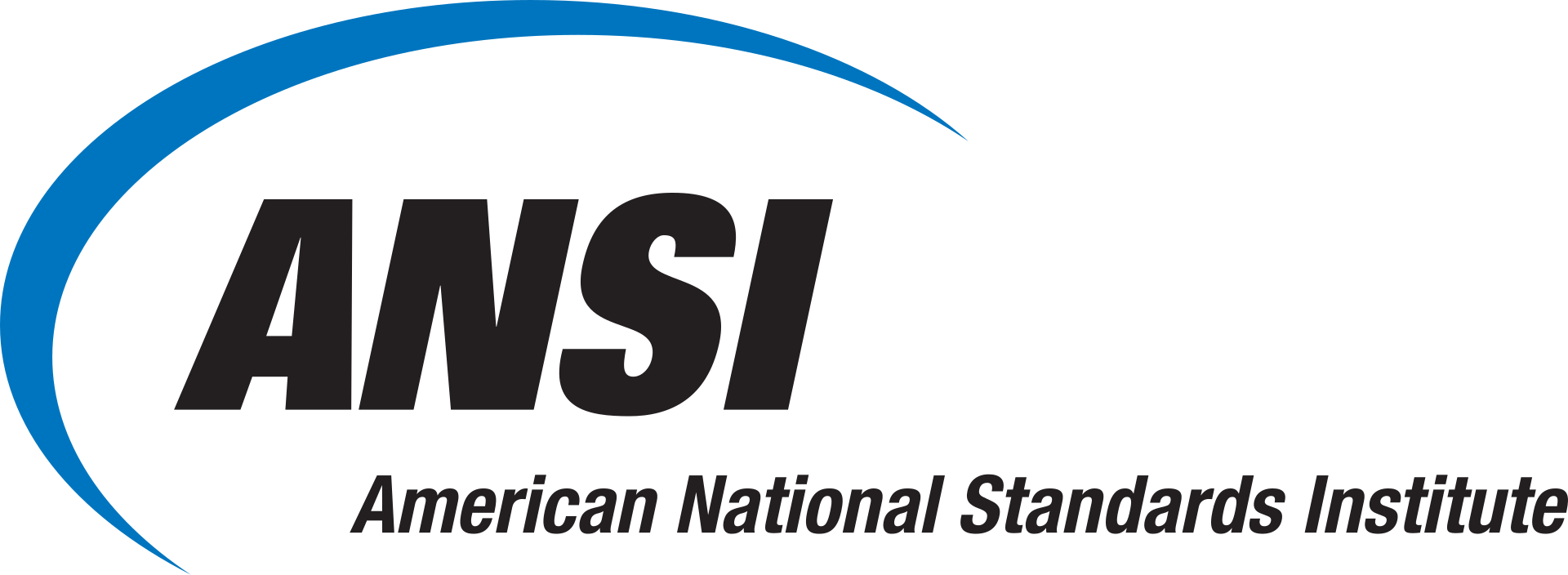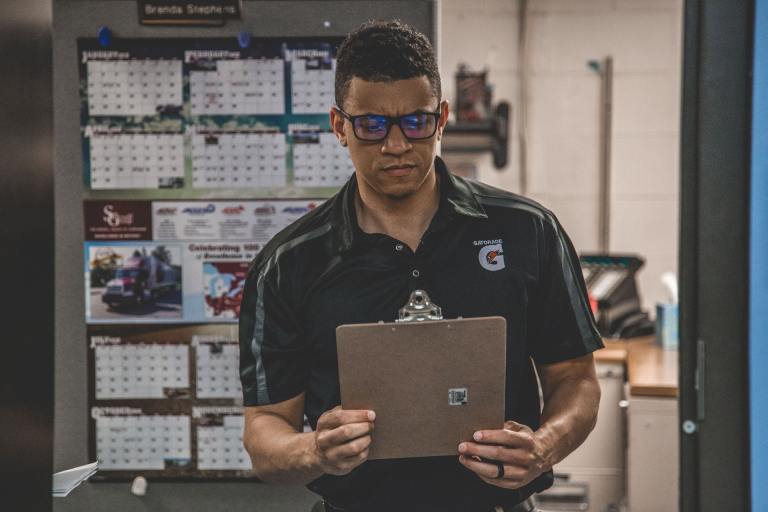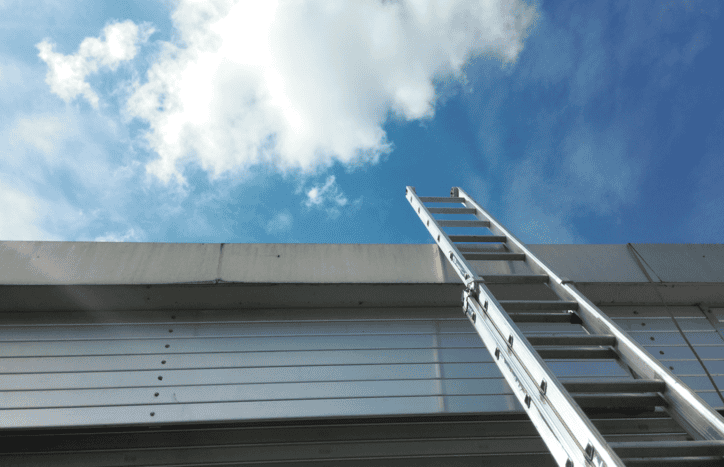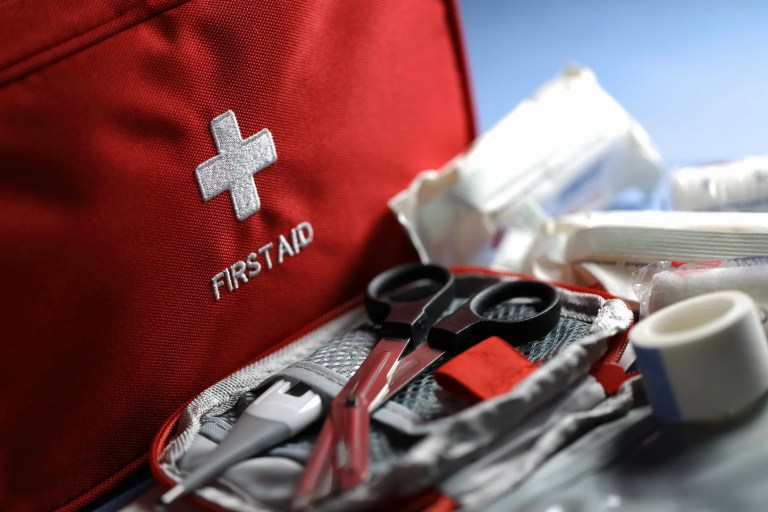ASA/ANSI S12.61-2024: Noise Emission Values of Machinery

Due to the presence of machinery, engines, and heavy equipment, industrial environments can produce high levels of noise. The noise can be loud enough to cause hearing damage if not properly controlled. Consequently, it is paramount to limit industrial noise in order to protect the environment, wildlife, and public health. ASA/ANSI S12.61-2024: Declaration and Verification of Noise Emission Values of Machinery, Equipment, and Products covers information on the acoustical noise emitted by machinery, equipment, and products.
Why Is it Important to Measure Noise Emission from Machinery?
Measuring noise emission from machinery is crucial because it allows for the identification of potential health hazards to workers due to excessive noise exposure. It additionally enables the implementation of noise control measures to mitigate these risks, assuring compliance with standards like ASA/ANSI S12.61-2024, helping to design quieter machinery by pinpointing the sources of noise within a machine. As such, for the protection of workers, it is important for employers to prioritize technical controls to minimize noise at the source.
What Is ASA/ANSI S12.61?
Information on the acoustical noise emitted by machinery, equipment, and products is needed by consumers, manufacturers, building and land-use planners, governmental authorities, and others concerned about noise in order to make informed purchasing decisions. As such, ASA/ANSI S12.61-2024 gives requirements and guidelines for how to properly and uniformly provide product noise level information to the public. The document details uniform methods of product noise measurement.
This American National Standard specifies the noise emission values to be declared (required and optional) for a batch of machines, equipment, or products and the requirements for their presentation. ASA/ANSI S12.61-2024 also describes the method for determining the following:
- The mean A-weighted sound power level
- The method for determining the standard deviation of production
- The method for determining the total standard deviation
- The method for determining the mean A-weighted emission sound pressure level
- The method for determining the expanded uncertainty
- The method for verifying the noise emission values that are declared by manufacturers and other product suppliers.
ASA/ANSI S12.61-2024 is applicable to commercially available products that emit noise, including consumer products and household appliances, information technology products, industrial equipment, outdoor equipment and construction machinery, and other products.
ASA Standards for Measuring Noise Emission
There are various ASA standards that provide methods for measuring sound power levels, such as:
- The ASA/ANSI S12.50 series specifies methods for determining the sound power levels of noise sources from sound pressure level measurements.
- ASA/ANSI S12.12 specifies methods for determining the sound power levels from sound intensity level measurements.
- ASA/ANSI S12.43 and ASA/ANSI S12.44 describe methods for determining emission sound pressure levels at specified positions in the vicinity of machinery and equipment.
ASA/ANSI S12.61-2024 notes that other standards in the form of test codes give procedures for the measurement of the noise emissions of particular types of machinery, equipment, and products which are based on these methods. The installation conditions and operating modes of the equipment under test invariably affect the measured noise emission levels and therefore are usually specified in the underlying test code.
ASA/ANSI S12.61-2024: Declaration and Verification of Noise Emission Values of Machinery, Equipment, and Products is available on the ANSI Webstore.
This American National Standard was developed and published by the Acoustical Society for America (ASA). If you have any technical questions regarding this standard, please contact ASA. Standard developer contact information can be found at Who to Contact for Standards-Related Questions.






